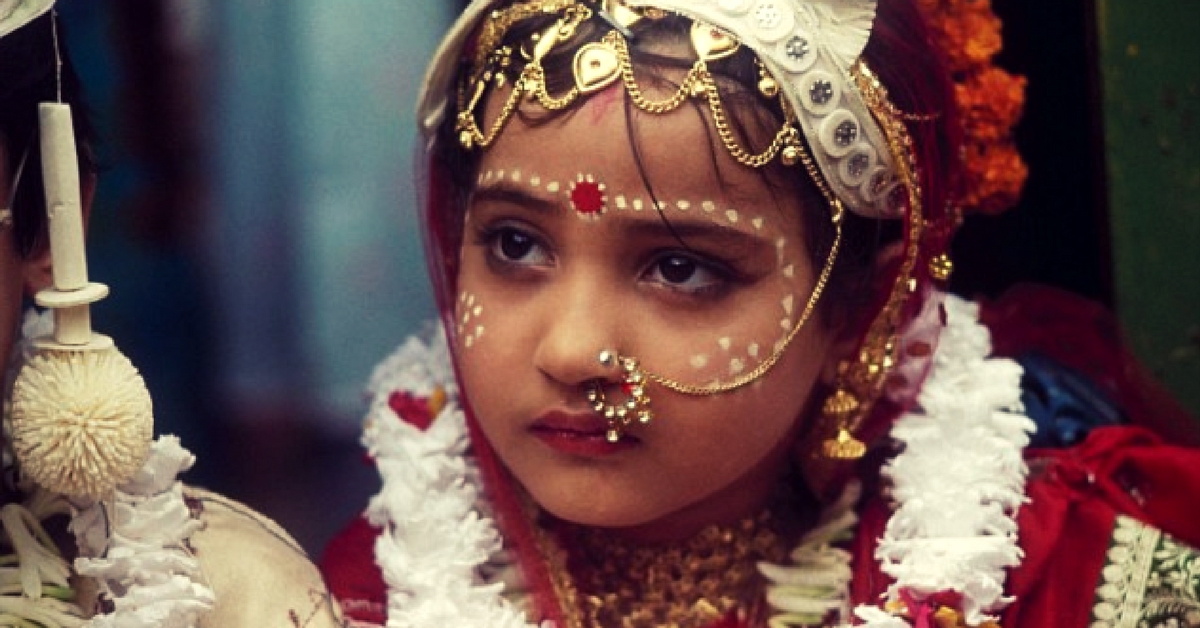- The subject matter must churn the collective psyche of right-minded and conscientious citizens to propel them to question why society is failing time and again to not only raise voices against such despicable practice but also question how on earth it is being tolerated. It’s worth noting that the modern-day inhabitants pride themselves on being ahead on several human resources parameters riding piggyback on the unprecedented innovations aiding humanity like never before. The mindbogglingly cutting-edge information technology-enabled solutions have completely altered our living standards, making us live the dreams of yore. The moot point to ponder over is why then some of the most anachronistic practices like child marriage still find traction among the people.

PC: LinkedIn
- India is the fifth largest economy in the world. It is expected to rise to the top three in the next few years. Indian society is becoming increasingly aspirational and would not settle for anything other than the best. Indians no longer look up to some of the advanced societies as a yardstick as was the case some years back. We take pride in our legacy, culture, heritage, tradition, and culture apart from being overtly modernistic in outlook. However, some of the patriarchal, misogynistic, and obsolete practices and mindsets continue to rule the roost is a fact that should be addressed forthwith. Child marriages being encouraged clandestinely is a great concern and a tragedy of sorts but widely tolerated in India. Why so? Let’s dwelve deep into comprehending the same.
- Of course, the time has seen child marriages decline in India. Sadly, eight decades of independence later, around one in four females are being married before the age of consent, that’s nothing to be complacent about. Last week, the Supreme Court delivered an extensive judgment on a petition demanding stringent enforcement of the Prohibition of Child Marriage Act, 2006. It elaborately outlines both how child marriages violate constitutional rights and the varying mechanisms available to prohibit/prevent/penalize child marriages and lays out guidelines for ending such marriages. But some of these are dependent on the very agents whose shortcomings the judgment has first fleshed out convincingly.

PC: iPleaders
- Consider that child marriage prohibition officers are shown as over-tasked, under-qualified, and under-delivering. Then guidelines outline how to fix these personnel, to fix the child marriage problem. This doesn’t seem to be a very hard-headed schema. What the judgment does not do is pronounce that PCMA overrides personal laws, in response to GOI submission. Its reasoning for this is that PCMA states nothing on the validity of marriage. Child marriage is an oxymoron, a great tragedy, all child marriages are forced marriage – as much as govts and courts may agree on all this, declaring child marriage invalid from the outset remains a step too far. Yes, household education and socio-economic status are the most significant correlates of child marriage.






